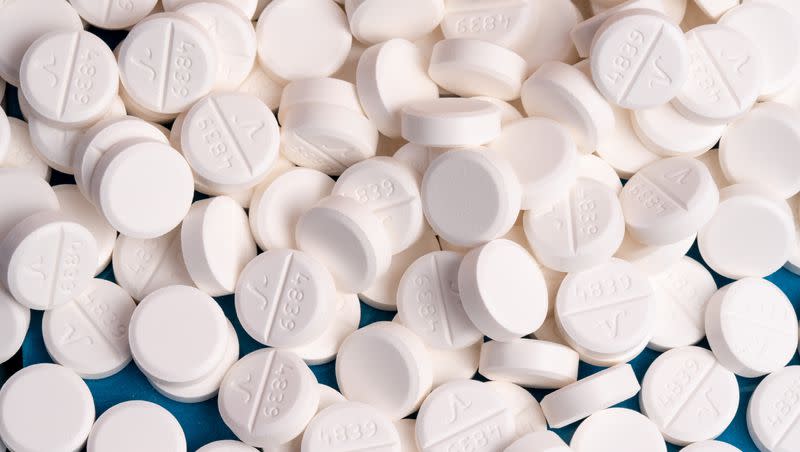Fentanyl-laced stimulants driving ‘fourth wave’ in overdose deaths

A “fourth wave” of overdose deaths in the U.S. has been largely driven by mixing stimulants like cocaine and methamphetamine with fentanyl, creating a 50-fold increase in related deaths since 2010.
That finding in a study just published in the journal Addiction shows the public health challenge and deadly risk posed as first opioids and now stimulants are increasingly laced with the illicitly made synthetic opioid fentanyl, according to researchers from the University of California Los Angeles.
The number of overdose deaths in the U.S. crossed the 100,000 mark for the first time in 2021. That’s a terrible “first” that three-fourths of the time included the synthetic opioid. Now “polysubstance overdoses” that also involve fentanyl dominate.
The first wave in the overdose death crisis involved prescription opioids, starting around 2000. Heroin use around 2010 created a second wave. The third wave was rapidly increasing use of fentanyl, starting in about 2013. Adding stimulants to the mix has created that so-called fourth wave.
The researchers found “stimulant-fentanyl co-involvement” a key component of the crisis, noting “a distinct pattern seen over time and by geography and sociodemographic groups. The regional patterning of cocaine-fentanyl in the Northeast and methamphetamine-fentanyl in the rest of the country is particularly notable.”
Related
“The roots really did start with overprescribing prescription opioids, but now it is really characterized by stimulants and fentanyl,” study co-author Chelsea Shover, an assistant professor-in-residence at the David Geffen School of Medicine at UCLA, told NBC News.
Findings were based on death certificate data on overdose deaths nationwide. In 2010, just over a half-percent of fentanyl overdoses also involved stimulants. By 2021, close to one-third did, accounting for more than 34,000 deaths.
NBC noted that “a proportion of the fentanyl-plus-stimulant overdoses may be due to the fact that fentanyl has now been found, often unexpectedly, in virtually every other type of illicit drug.”
An opioid overdose may be reversed with naloxone, available without a prescription. And other drugs can be used to treat opioid use disorder.
But those don’t work for stimulant-related overdoses — and there’s nothing comparable on the market, NBC reported.
NPR reported that “treatments for stimulant use disorder are still rare and underfunded.” The article also noted that opioids and stimulants “have a history together” because opioids make people tired and those who chronically use them may turn to stimulants to counter that. The combination also “can cause an intense high, which can be very dangerous.”

